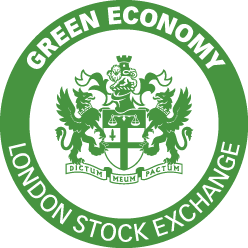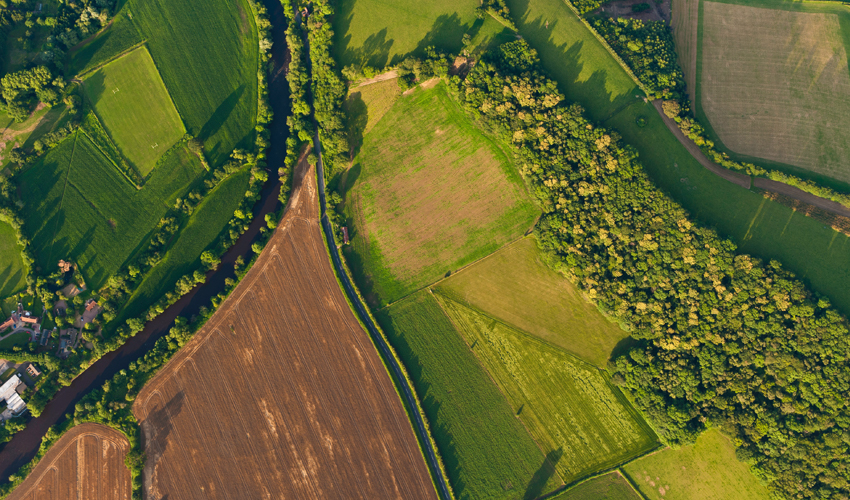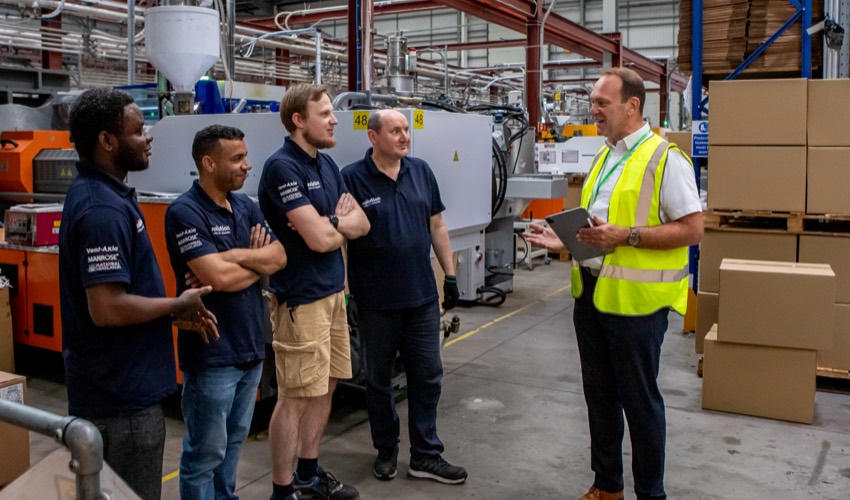Our ambition
To reduce our environmental impact by improving business efficiencies and minimising our impact on the climate.
To focus on the quality of materials we use to support the creation of a circular economy, and eliminate all forms of waste across our value chain.
Highlights
| Category | Performance | Status | Comments |
| Recycled plastic |
76.2% |
We have increased the use of recycled plastics from 67.2% in FY22 to 76.2% this year, just short of the 76.8% target. |
|
| Carbon intensity location based |
11.1 |
We’re pleased to report a reduction in our carbon intensity from 12.3 to 11.1 tCO2e per £m of revenue year on year. |
|
| Carbon emissions reduction |
3.9% |
While we have made progress since last year in reducing our absolute scope 1 and scope 2 location based emissions, further actions are required to hit future targets. |
Key:
Our approach to the climate change challenge
Preventing the worst impacts of unchecked Climate change is one of the greatest challenges of our time. The IPCC has made it clear that the window of opportunity to ensure the increase in global temperature does not rise above 1.5°C is closing.
The potential physical and other risks of climate change are a concern for everyone, and we as a business have embedded climate change into our risk management and governance frameworks.
However, as a business we must also act to ensure we are contributing to the transition to a zero-carbon economy. This is a challenge, but it is also an investment opportunity – Net zero, concluded a recent UK Government commissioned independent review, ‘is the economic opportunity of the 21st century. ¹ The majority of the world’s nations have now defined a path to net zero: more than 90% of global GDP is now covered by a net zero target. According to FTSE Russell, the green economy recorded a compound annual growth rate of approximately 14% over the last 12 years. The pace of this growth is accelerating thanks to strong political and regulatory tailwinds. We believe that we are well placed to continue to drive sustainable growth as a response to the Climate Change challenge.
Compliance Statement
We are committed to consistent and transparent reporting aligned to the recommendations of the TCFD and will continue to work with our stakeholders to provide comprehensive data.
We comply with the FCA’s Listing Rule 9.8.6R(8) and within our Annual Report make disclosures in accordance with the 2017 TCFD recommendations as well as the updated TCFD 2021 guidance, across all four of the TCFD pillars: Strategy; Governance; Risk Management; and Metrics and Targets.
In preparing our disclosures we considered the industry specific guidance for the Materials and Buildings/ construction industry, and so disclose data on our assets vulnerable to climate risks and executive remuneration. We do not consider other industry specific metrics as material for the Group.
Improvements next year, and not fully disclosed in this report, will include a fuller description of how the Board considers climate-related issues when reviewing and guiding strategy, business plans capital expenditures, and acquisitions.
We have progressed out TCFD reporting since we began our initial disclosures in FY 2021. Last year, we reported against all the recommendations of TCFD and set detailed targets for the first time for the short, medium and long term. This year, we have made further improvements to our disclosures as follows:
- Including all material categories of scope 3 emissions – including the emissions from the use of all our sold products (Page 76 of our Annual Report and Accounts 2023).
- Including our annual scope 1,2 and 3 targets, and reporting against those targets for the first time.
- Integration of Climate related risks and opportunities with the principal risks.
- A clearer presentation of our TCFD disclosures utilising the 11 subheadings of the 4 pillars of the recommendations.
All through these important disclosures, we have kept in mind the principals of effective disclosure.
- Focusing on information that is material and relevant.
- Disclosures that are specific and complete and contain both historical actuals and future targets.
- Disclosures that are clear and balanced, including both the risks to our business but also the opportunities it represents.
We remain committed to a net zero carbon future and aim to become a net zero carbon business by 2040.
The Sustainability Accounting Standards Board (SASB) - Annual Report and Accounts 2023




